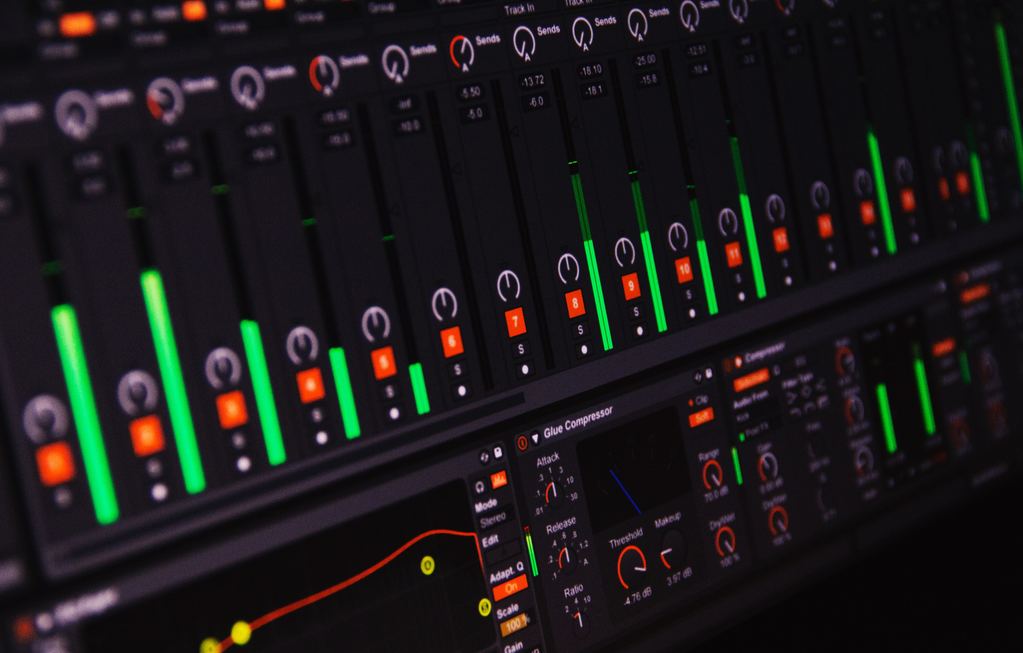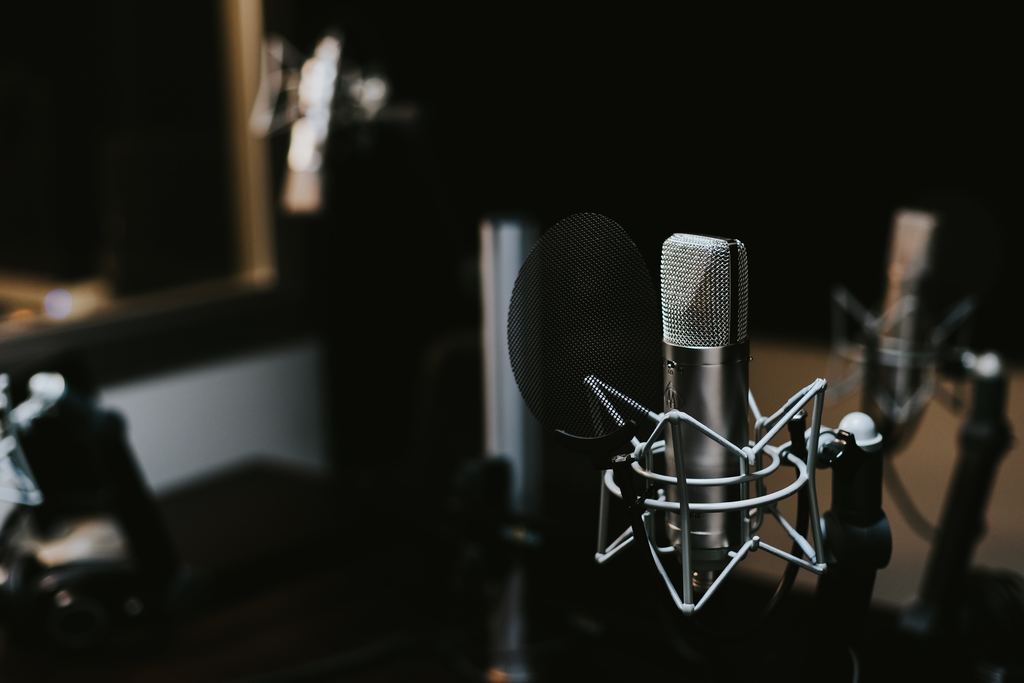Category Archives for Tutorials

Producing: Where to Begin
I already mentioned that making your own records is the surest path to DJ fame. While I’m not a producer, I can give you a couple of pointers if that’s the path you’re ready to choose for yourself.
Unless you are a moneybag and can hire a real studio, the easiest way to get into the music production game is by doing it at home with specialized software. What you are looking for are DAW (“Digital Audio Workstation”) packages like Cubase, FL Studio, Logic Pro, Reason or Ableton Live.
A word of caution here: Internet is full of pitches for dubious “beat making” software that will let you record a hit tune overnight just by tweaking a couple of knobs. Don’t waste your money on that stuff.

5 Proven Ways to Mix in the Next Tune
Mixing B’s intro over A’s outro is the simplest mix there is, but it’s rather boring to do it every time. As your DJing skill grows, you’ll want to bring a bit more variety into your sets and control your energy levels better.
Here are a few ideas for when you can mix the new track in. The below assumes that you are familiar with the structure of a typical dance track – head over here if you are not.
Intro over outro. The simplest mix is also the most failsafe because it will work even if you don’t know the tunes well. Start B as A hits its outro and begin to bring it in 8 or 16 bars later. Then again, playing the full 6-7 minutes of each and every track may bore the dancefloor.
Intro over last chorus. This is the mix that I dissect step by step in this article. Start B on A’s very last chorus and begin to bring it in as A hits its outro 16 bars later. A is not fully gone by then, so this blend will require a bit more EQing on your part (and lots of it if B develops quickly). This mix lets you preserve your momentum better and continue it into the next track.

How to Record a DJ Drop for Yourself
Ever wondered about that cool voice that says “DJ Awesome” in the middle of someone’s mixtape or live set? That’s called a DJ drop (also a “jingle”, or an “ident”), and its purpose is to add a bit of a professional touch to your performance. It also helps the crowd remember your name better.
There are a number of ways you can go about recording a DJ drop for yourself. If you decided to record your own or your friend’s voice, try to get your hands on a condenser microphone of the “large diaphragm” type. LDMs are famous for their warm and rich sound. They are very sensitive, too, so you’ll probably need to use a pop screen when recording your voice. I know, it can get crazy real quick!